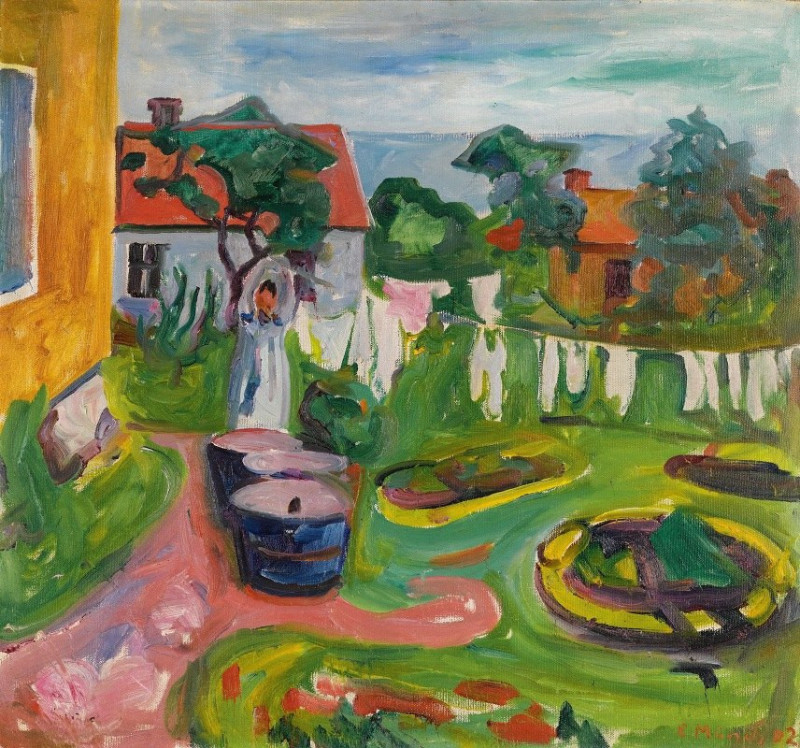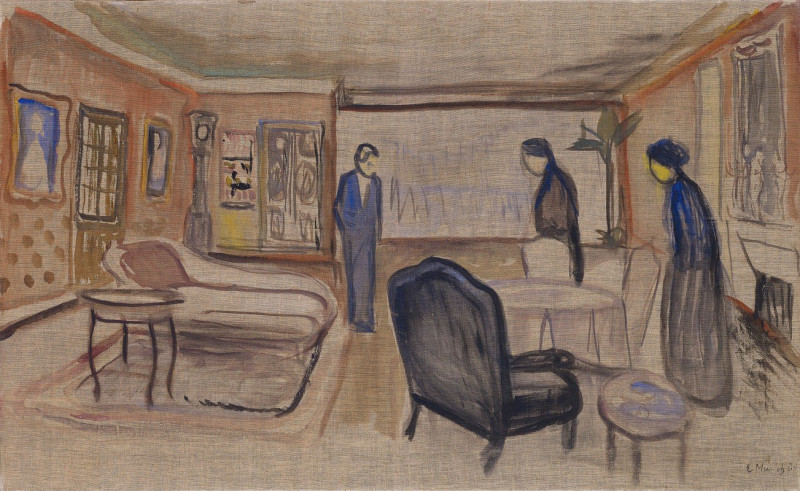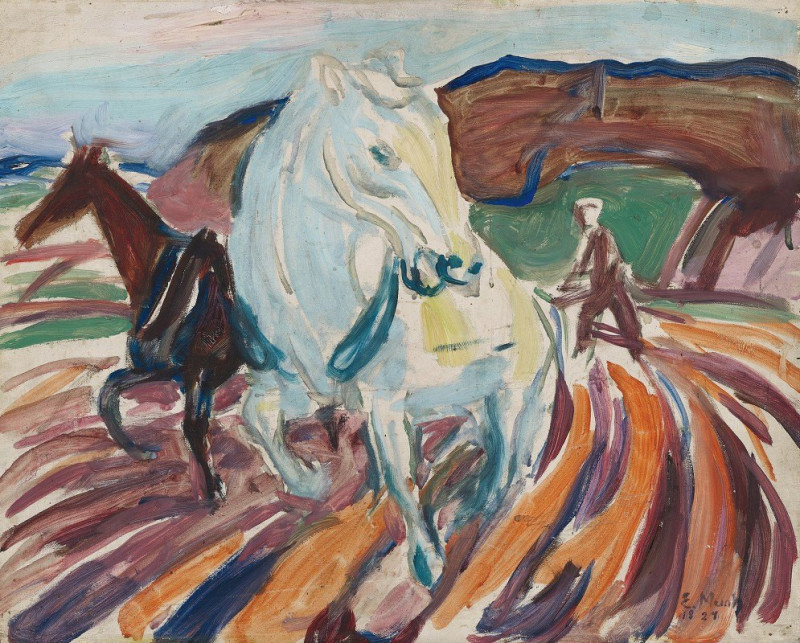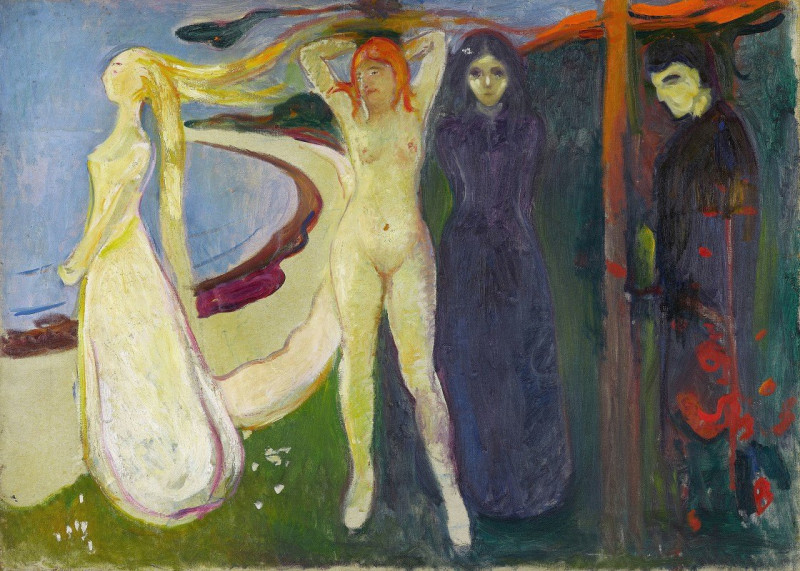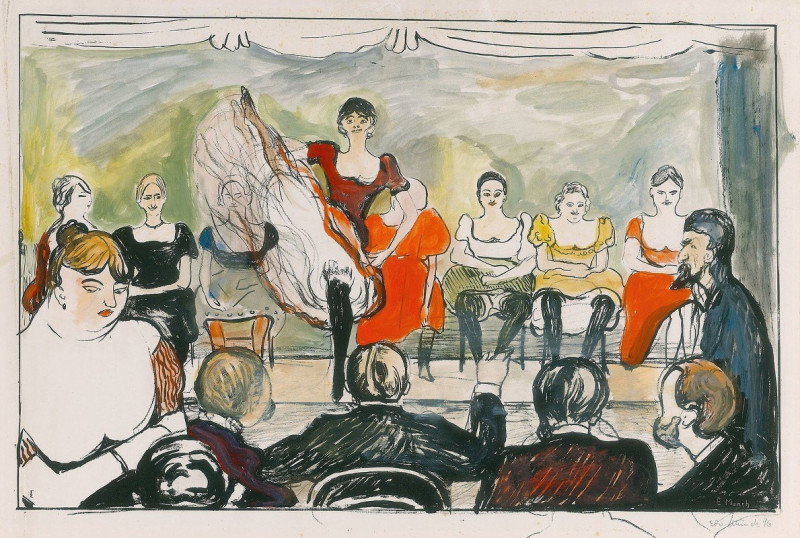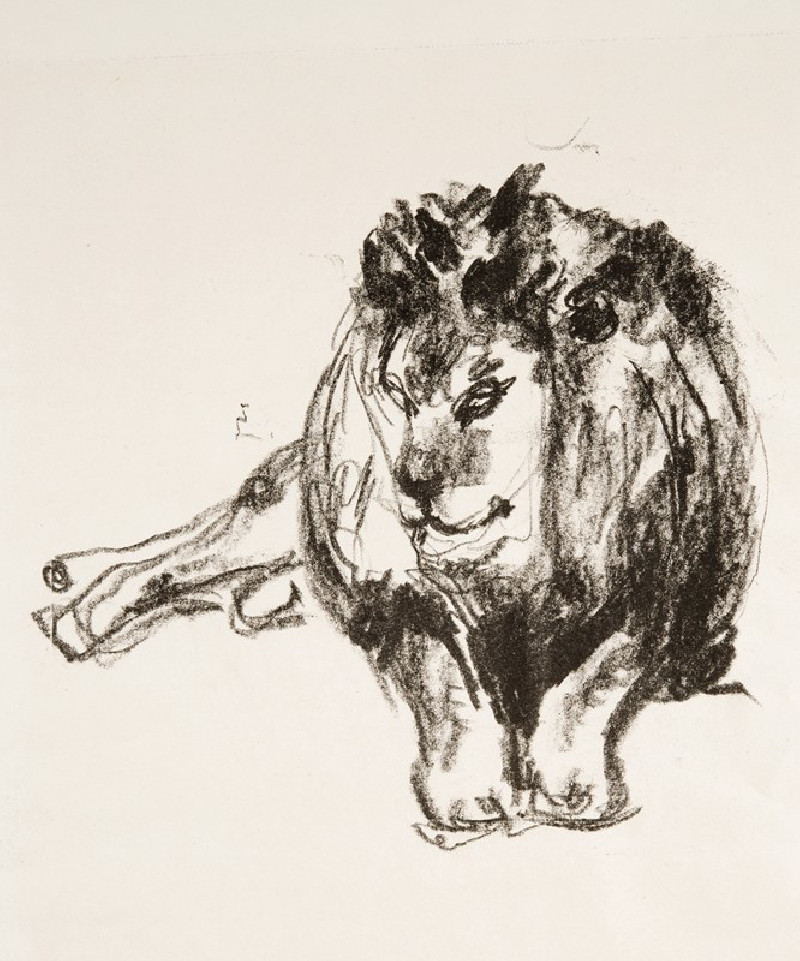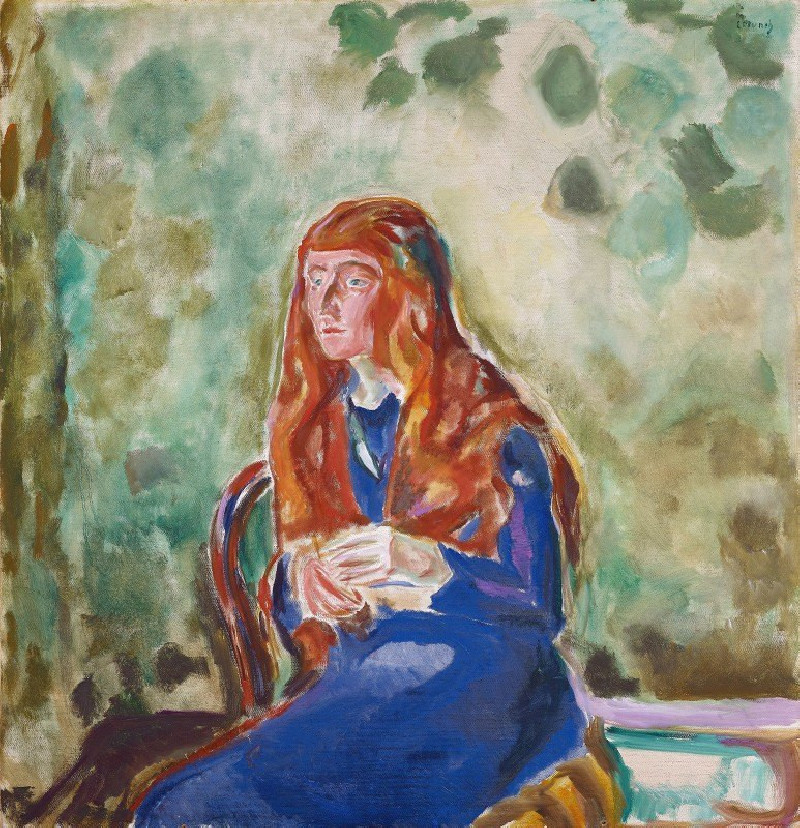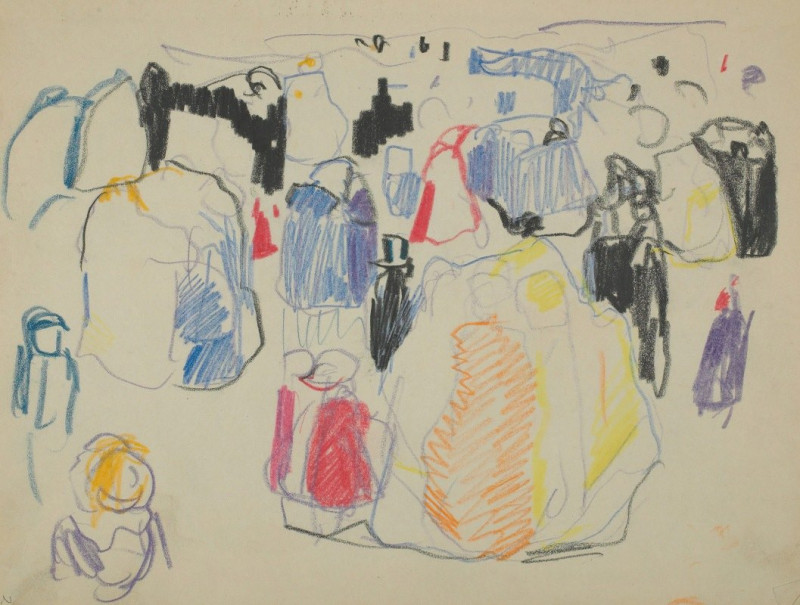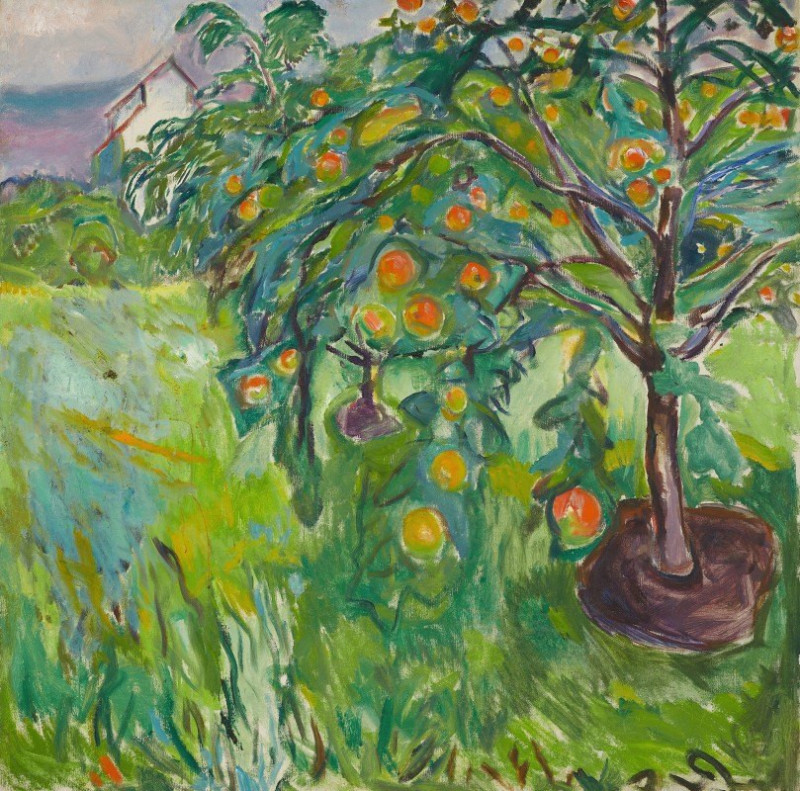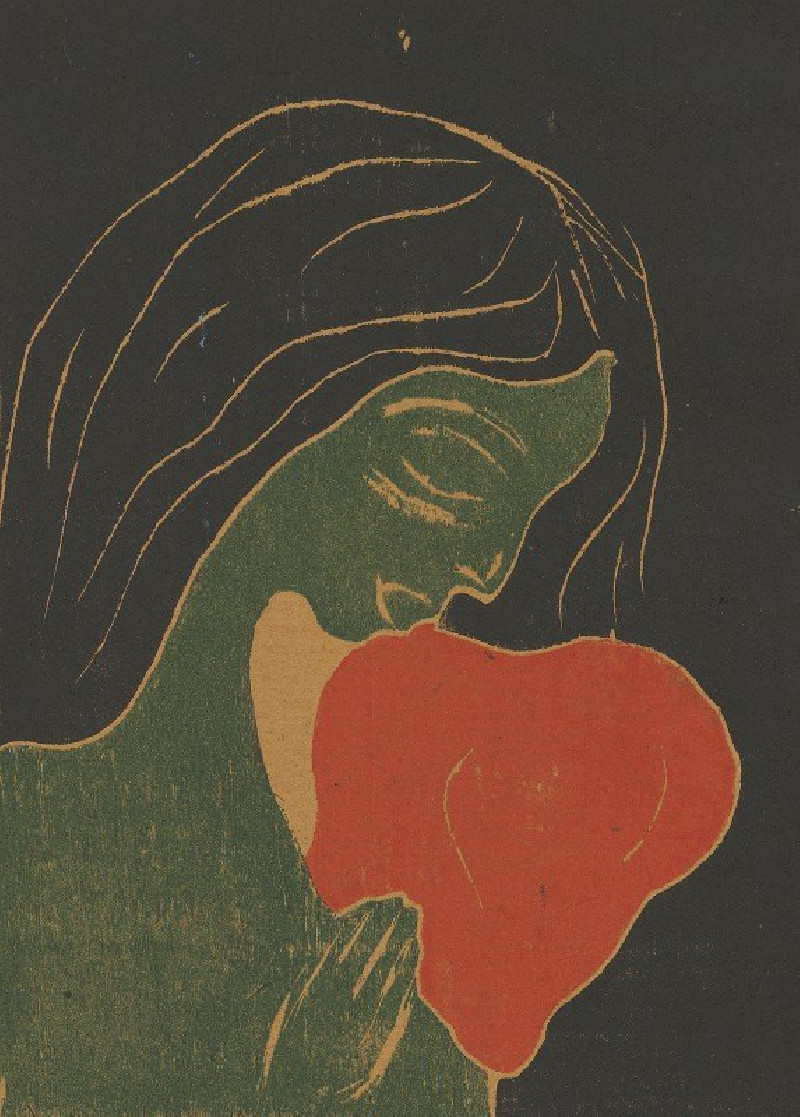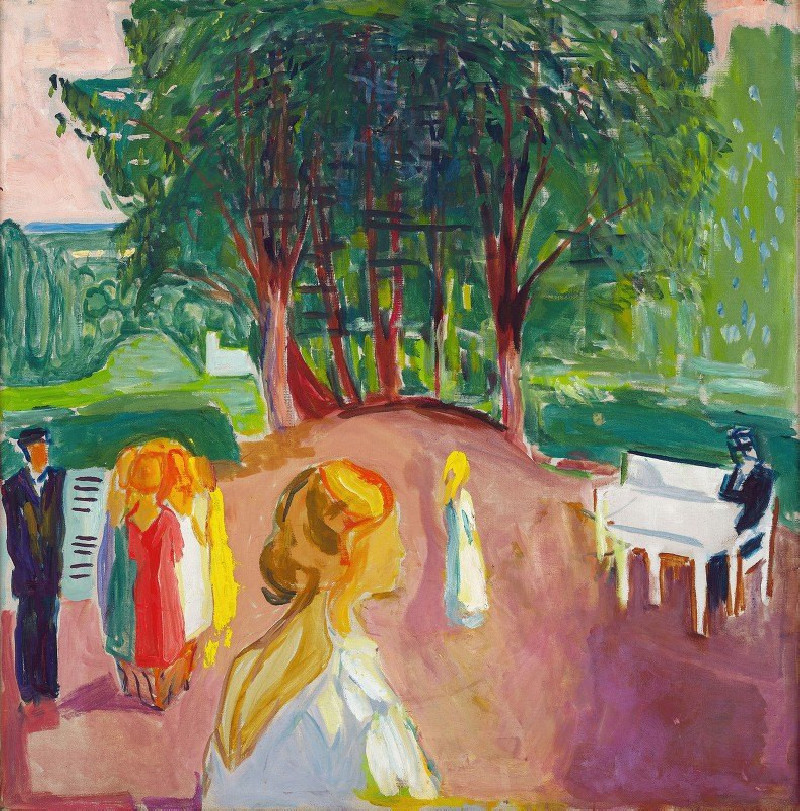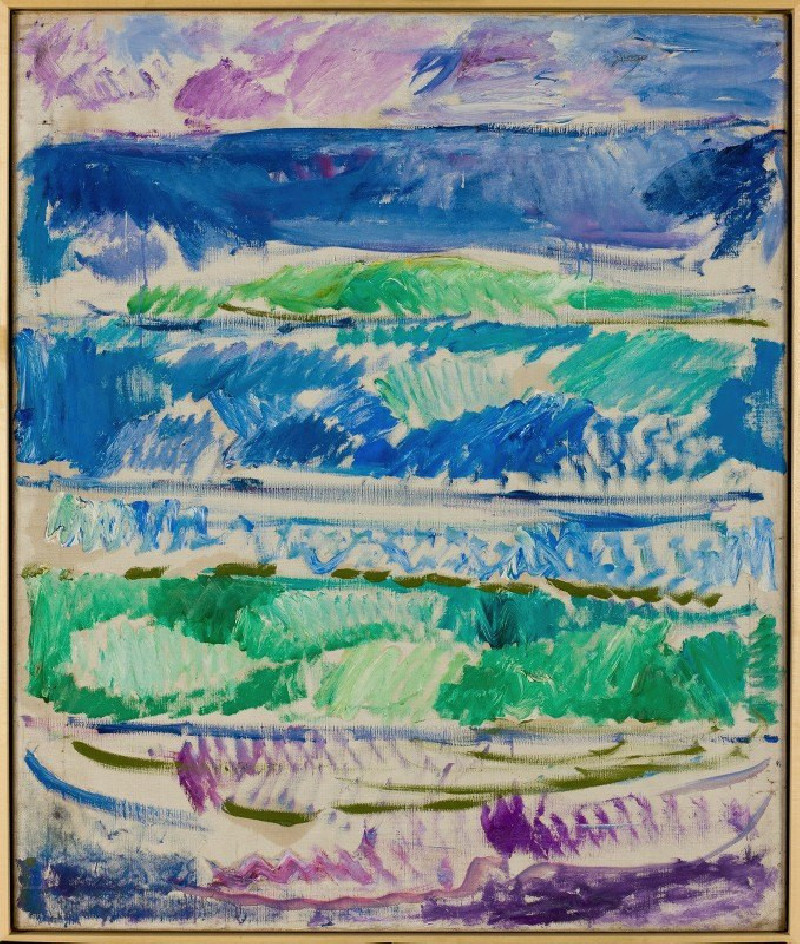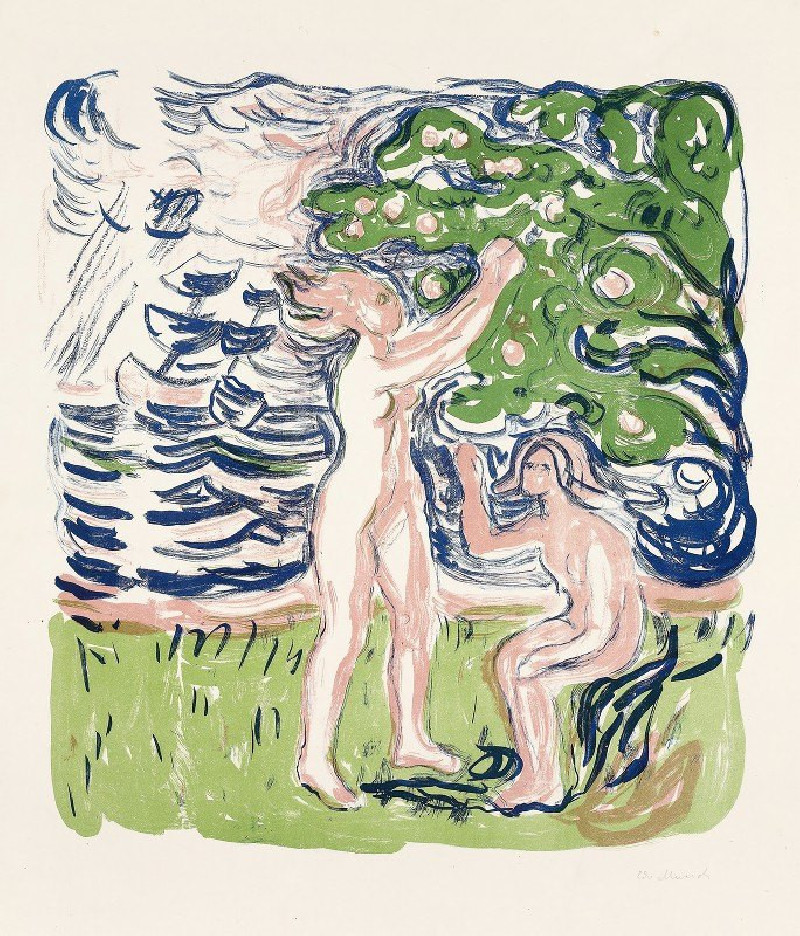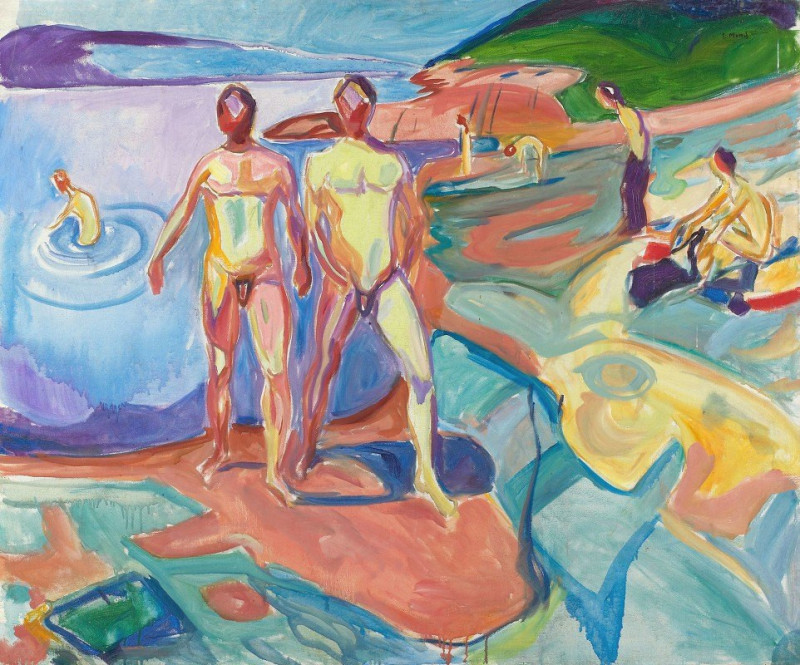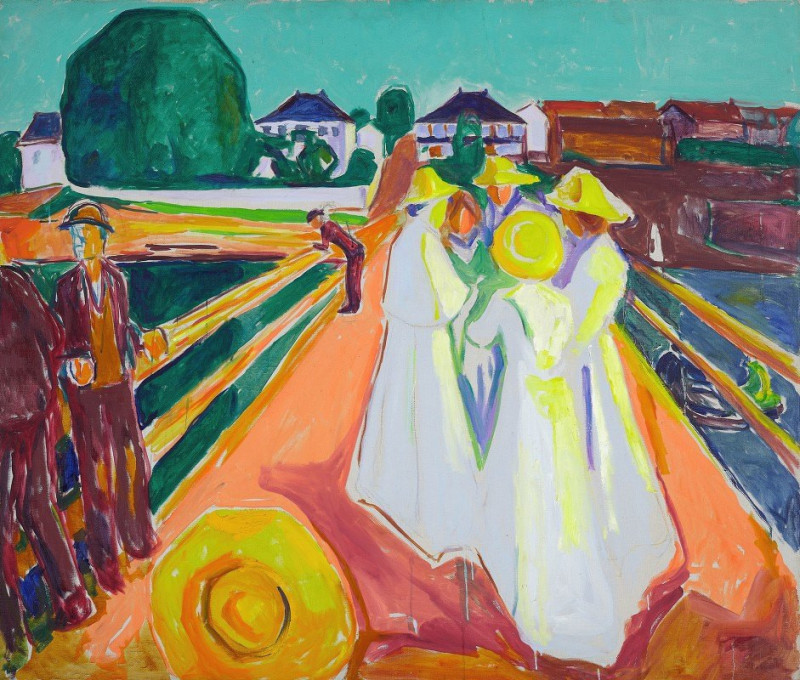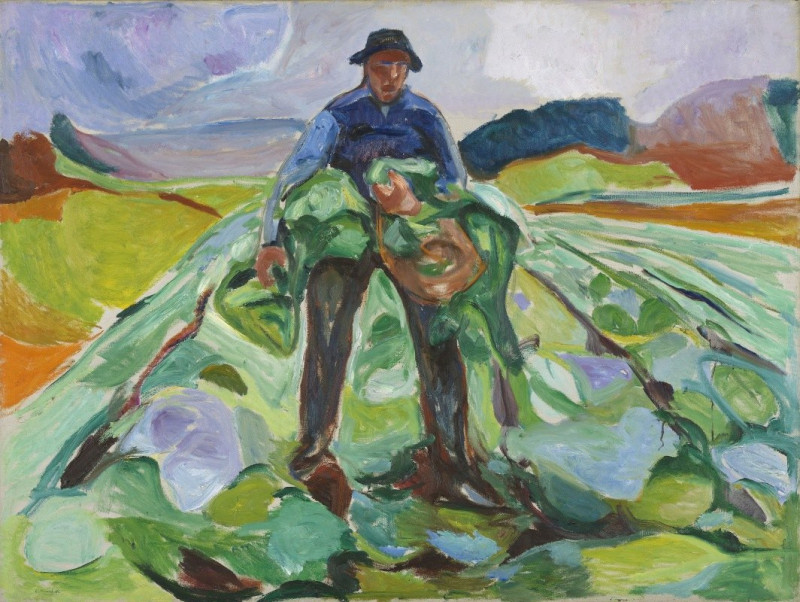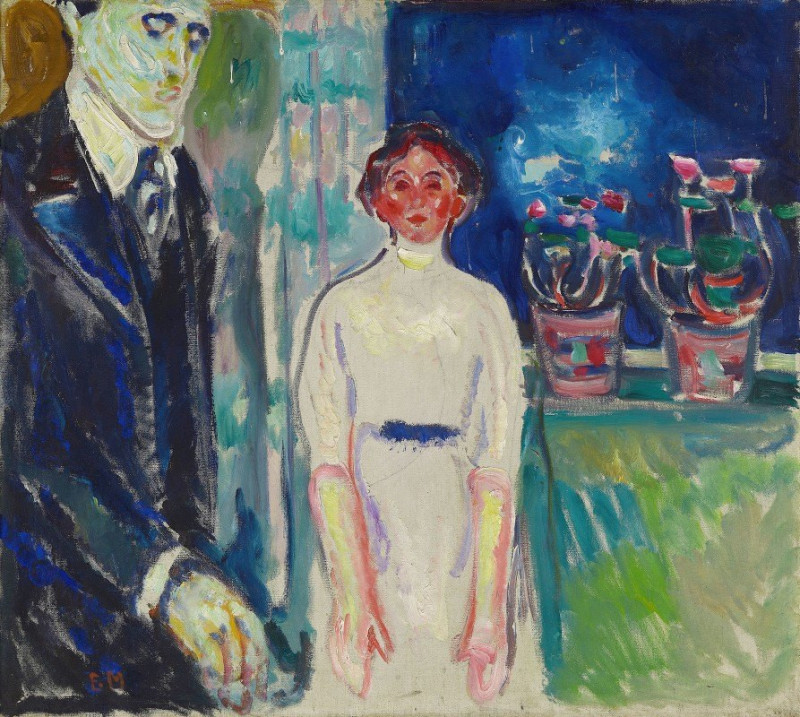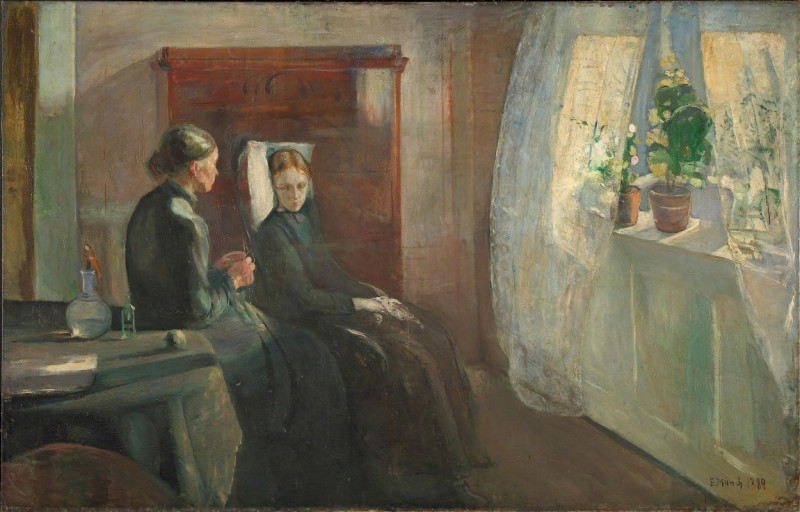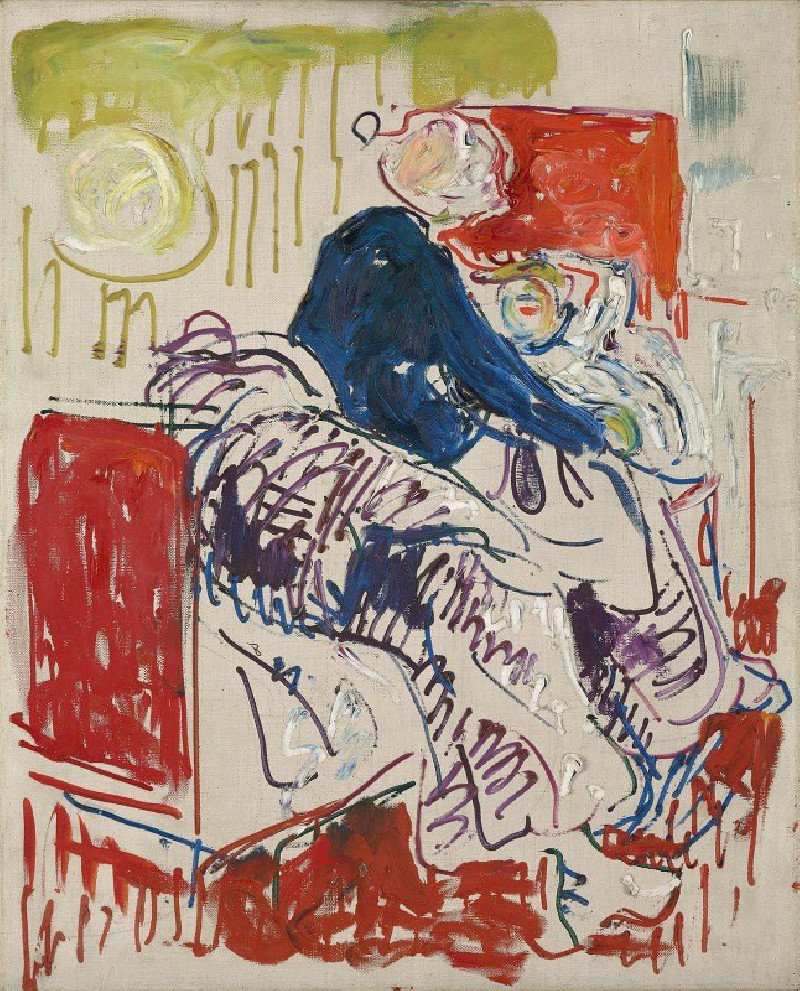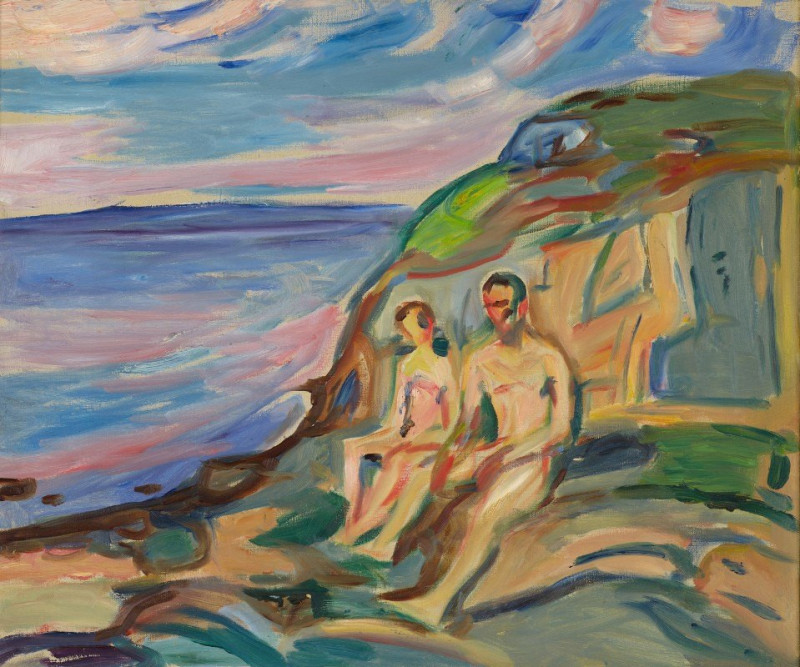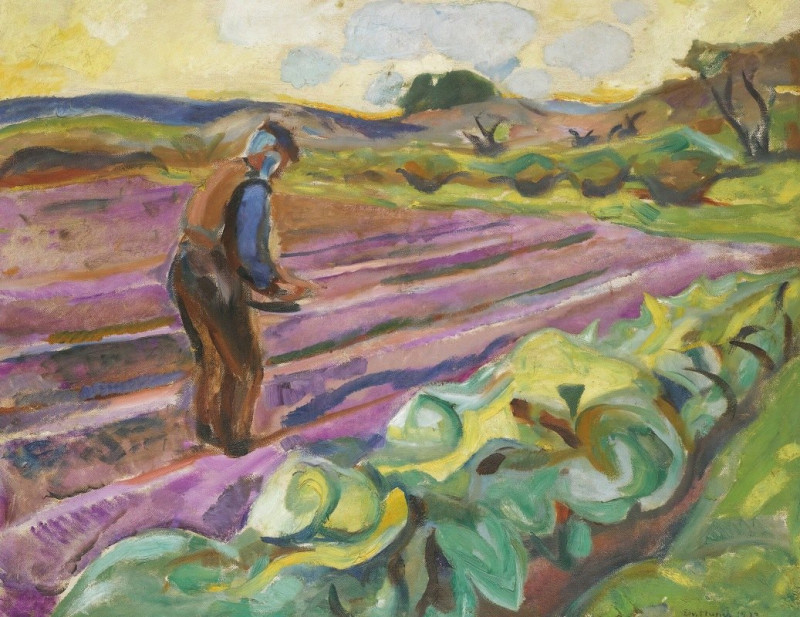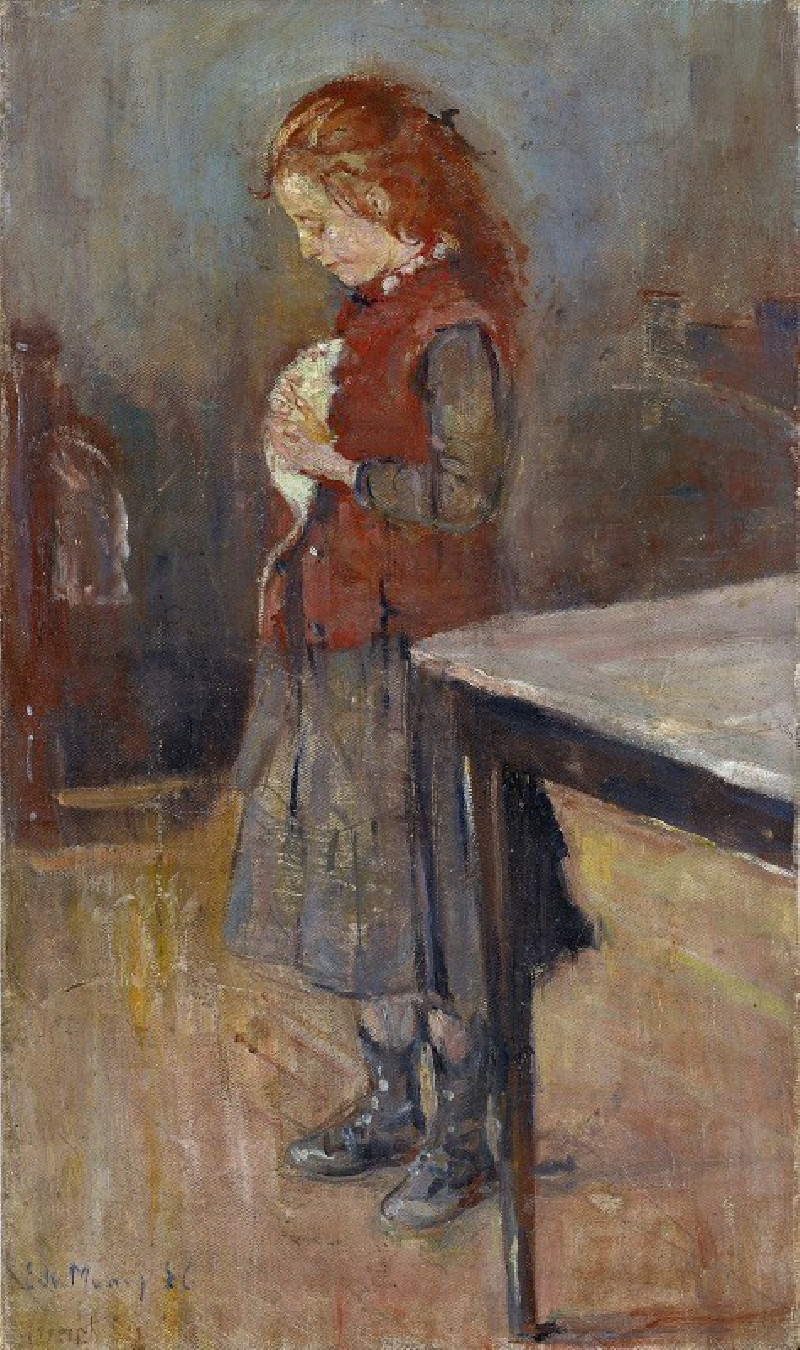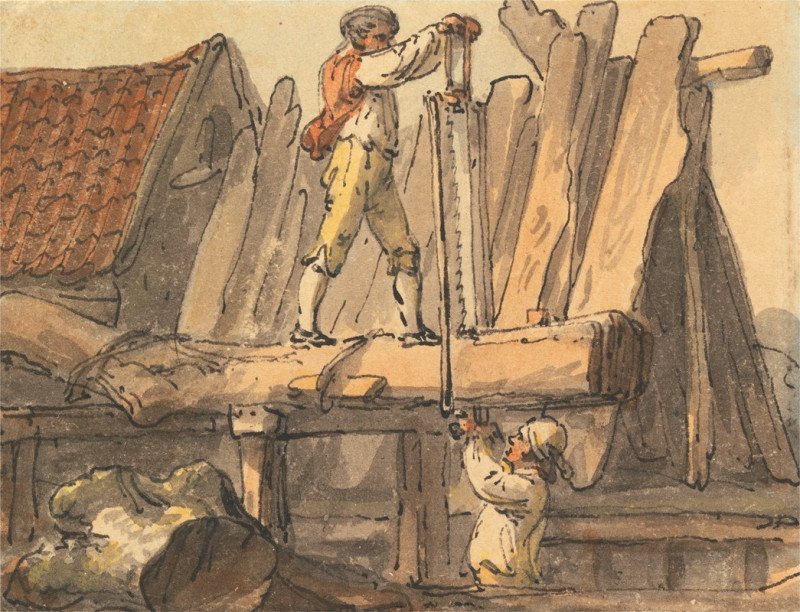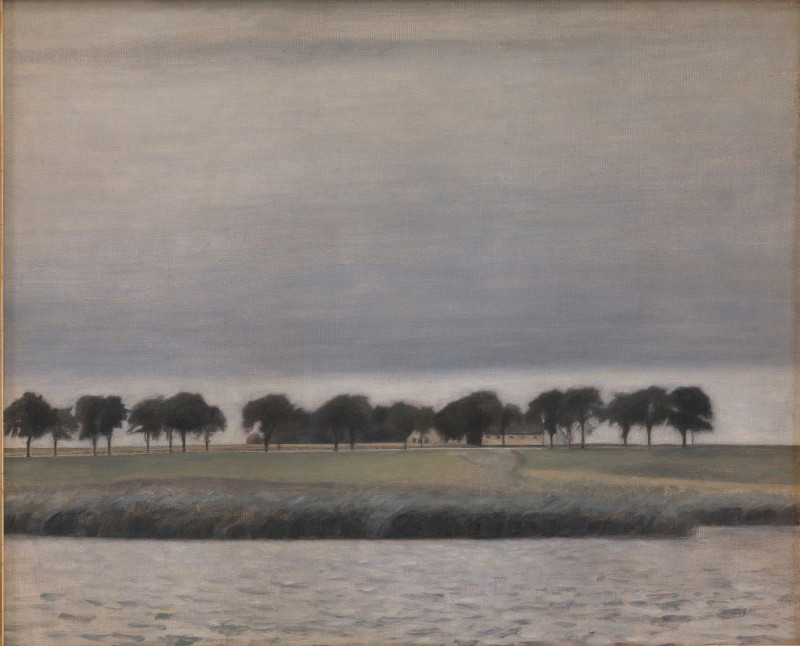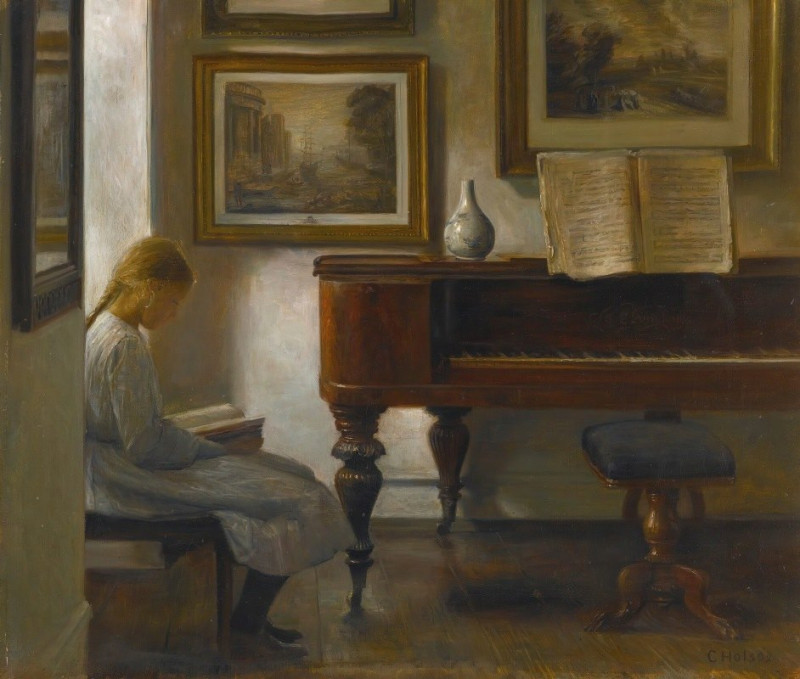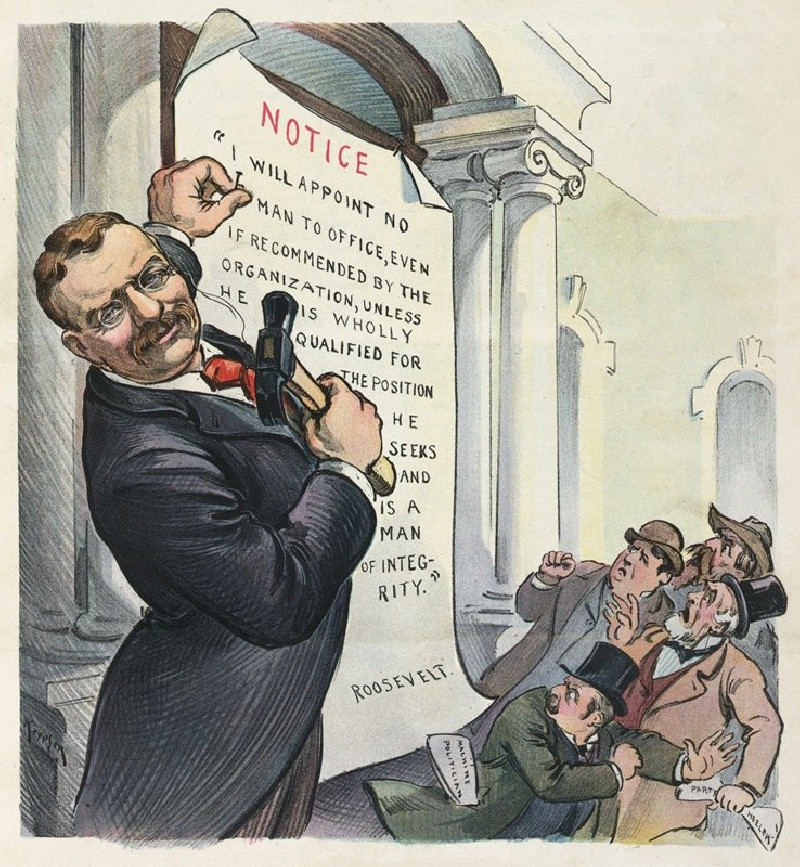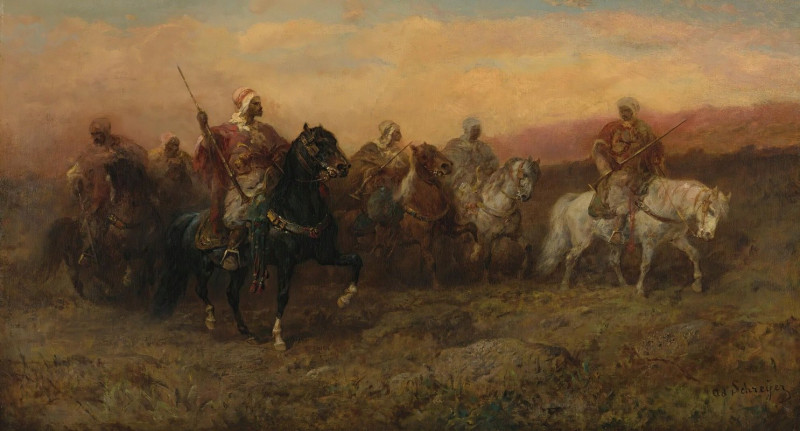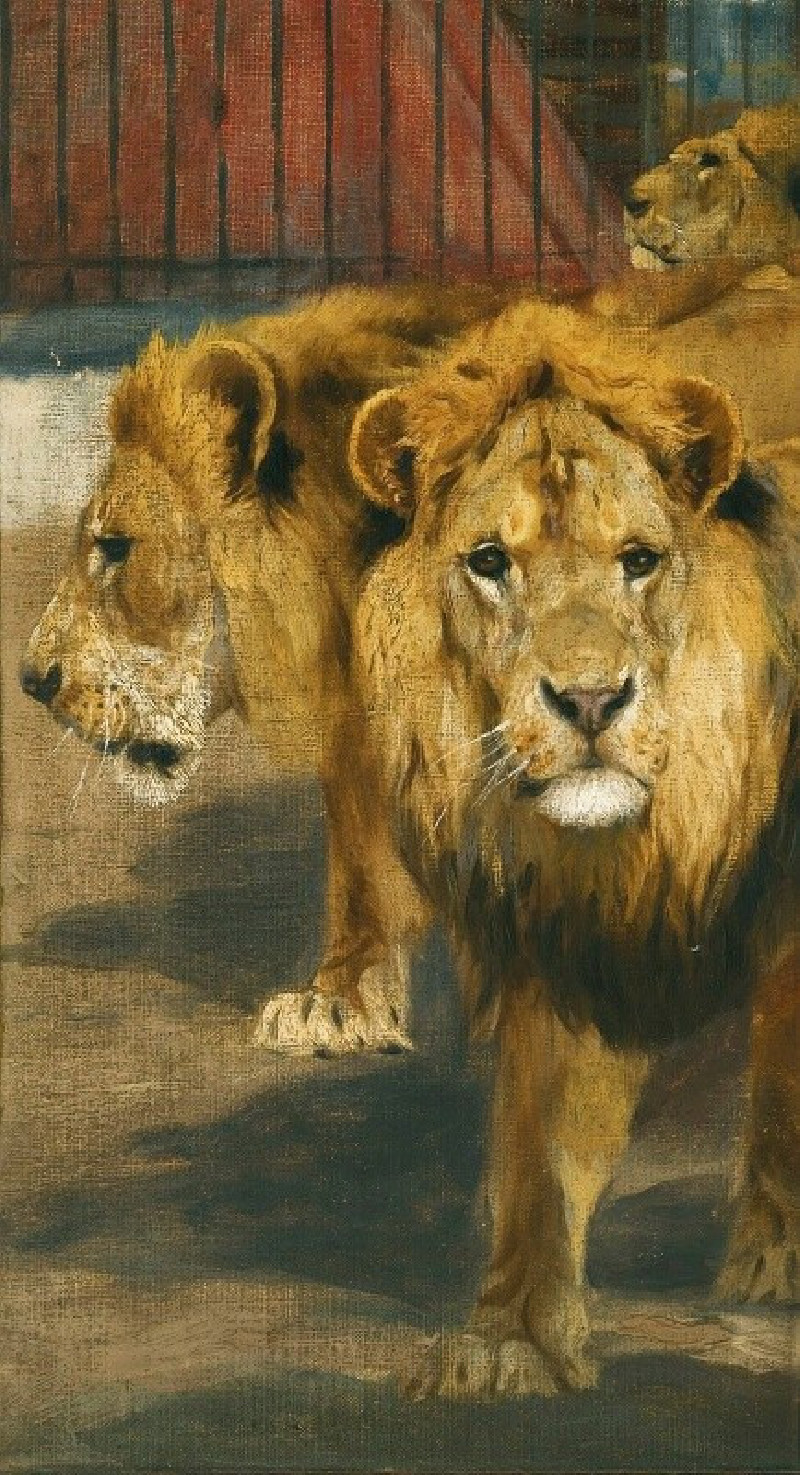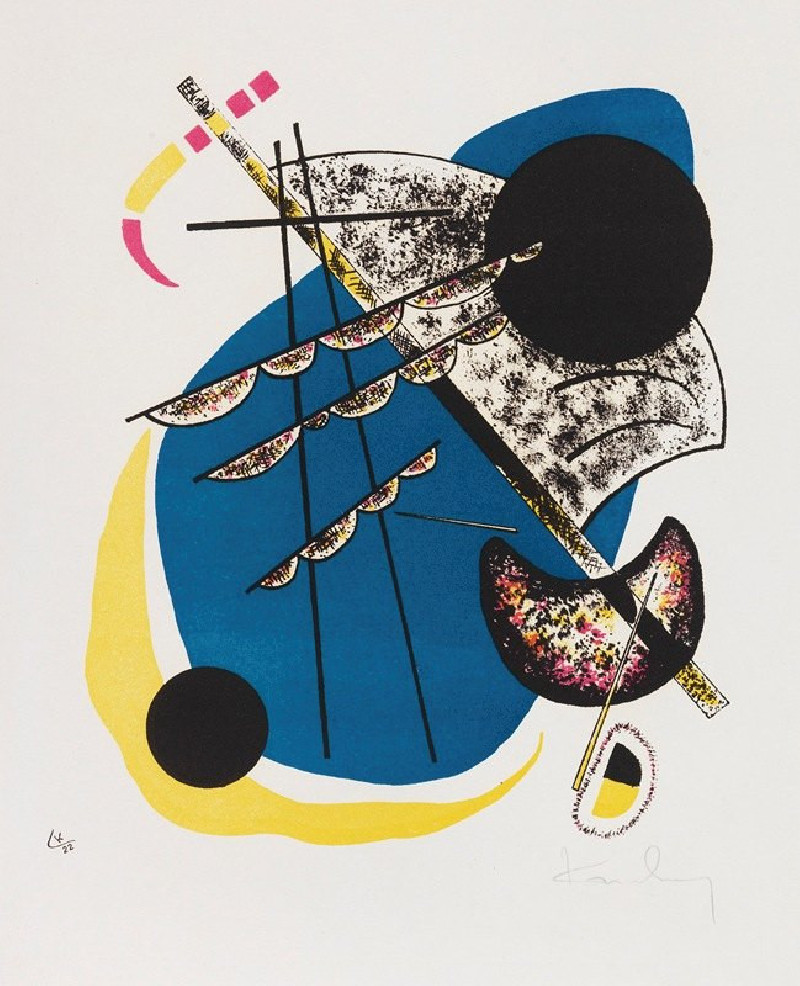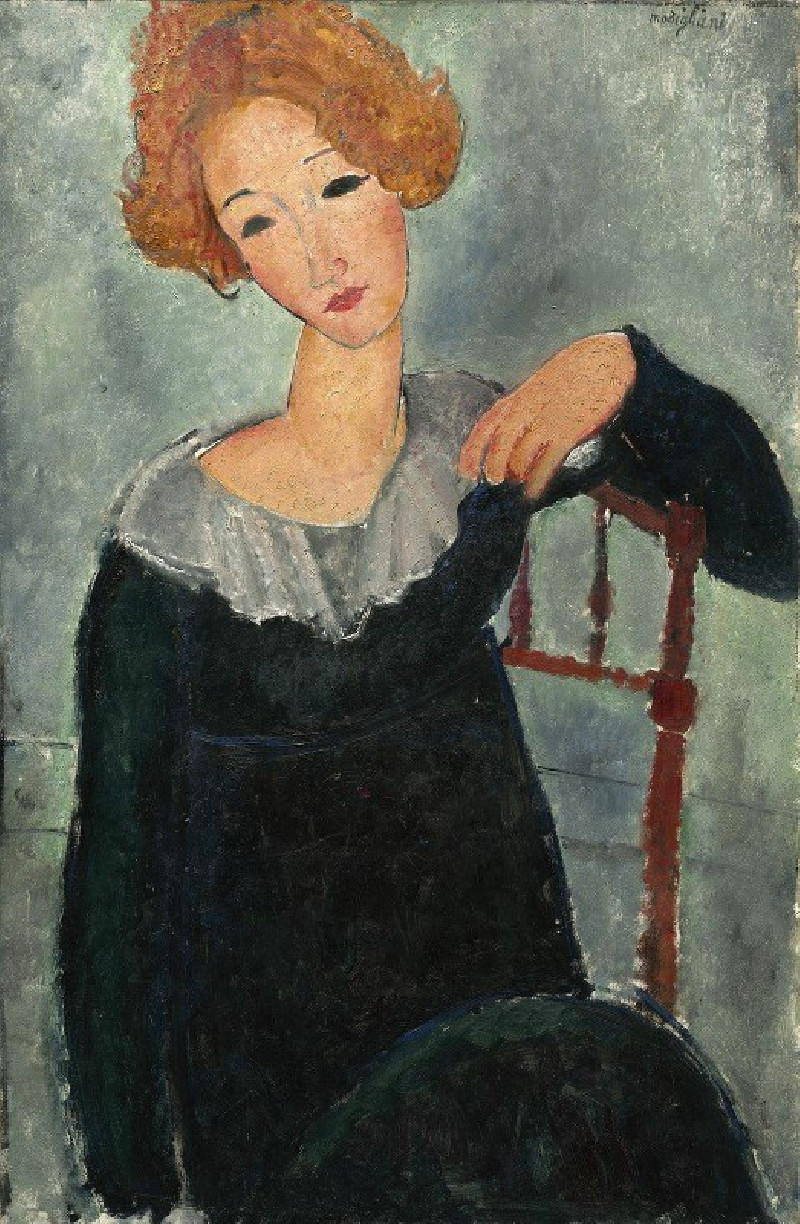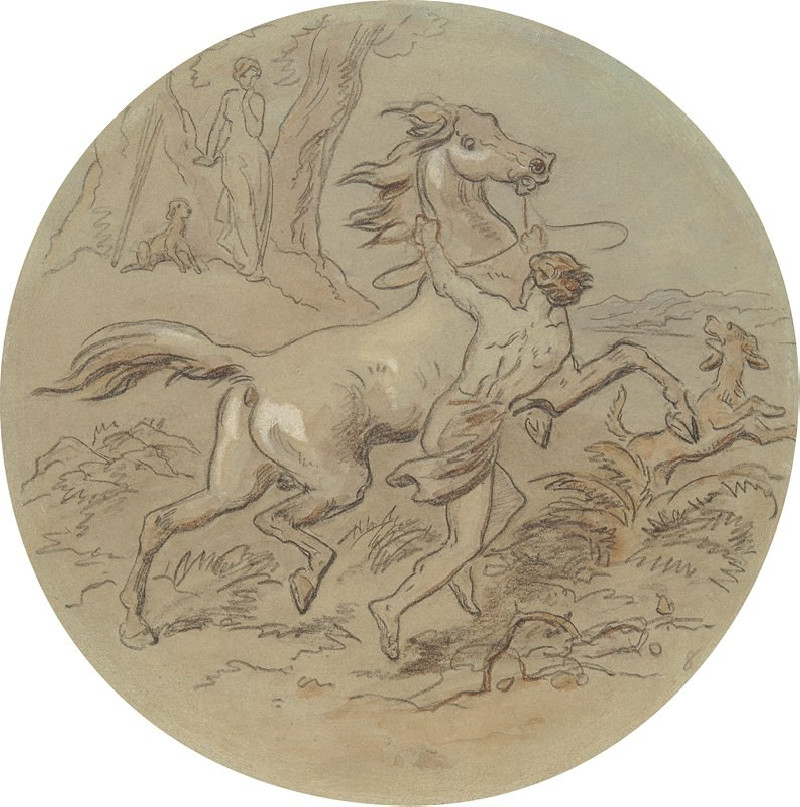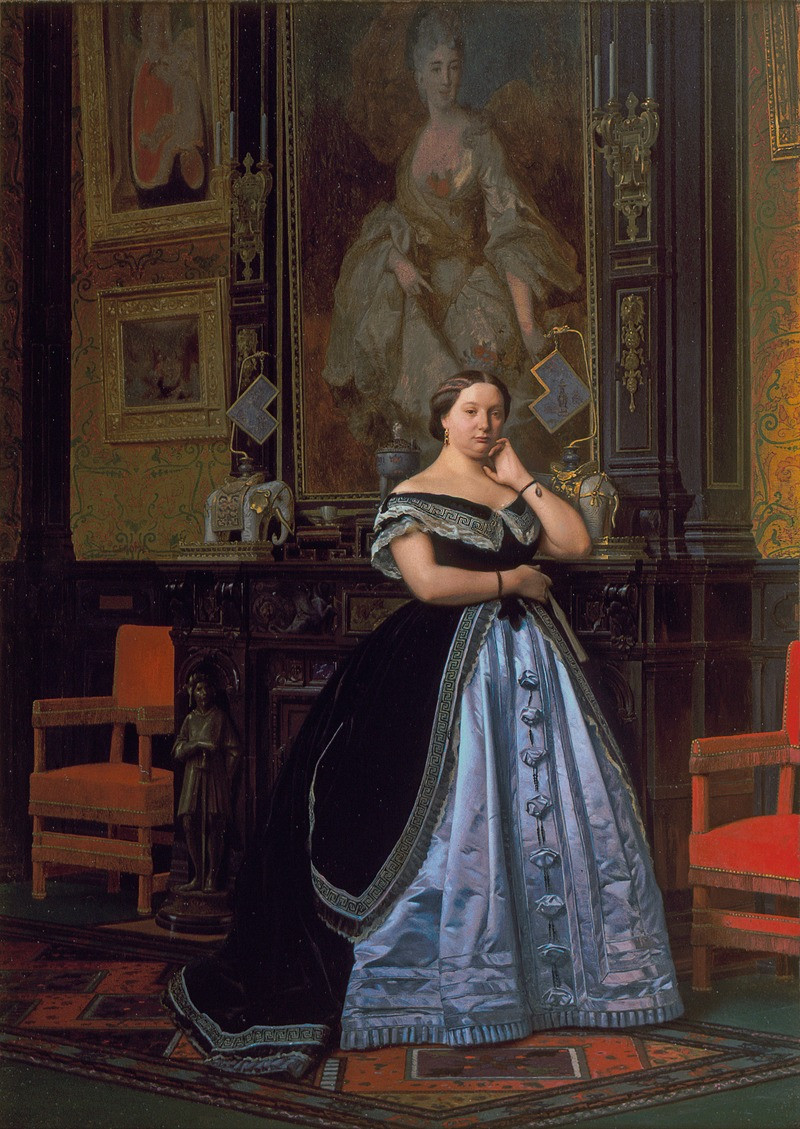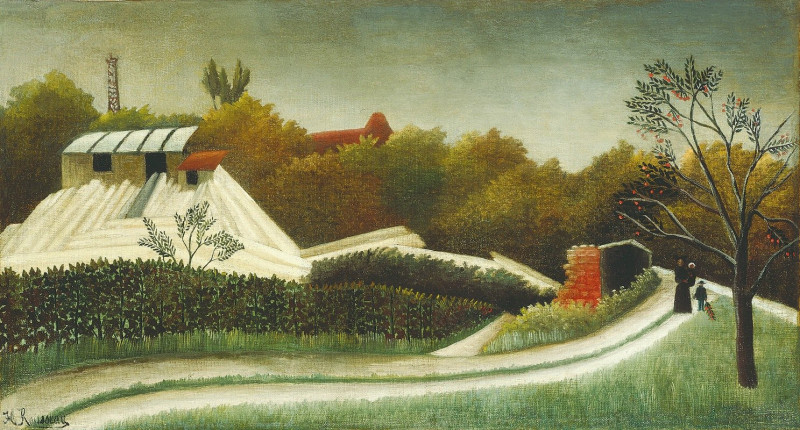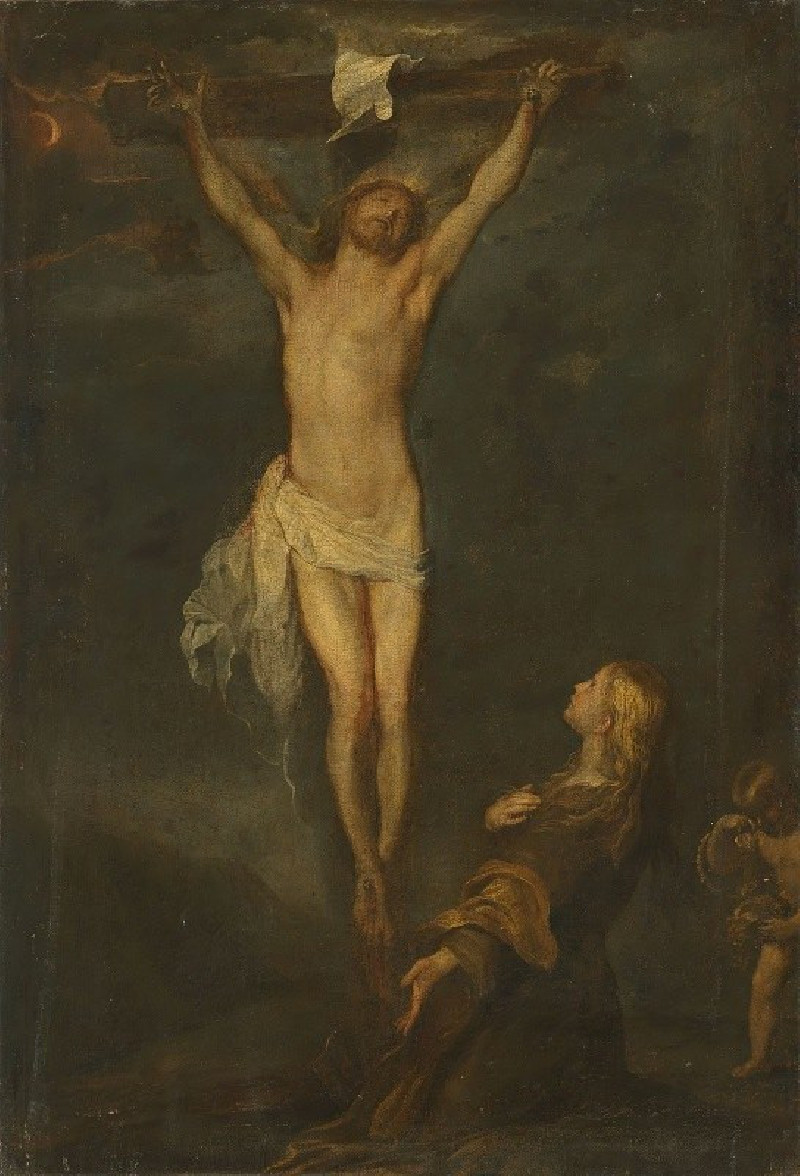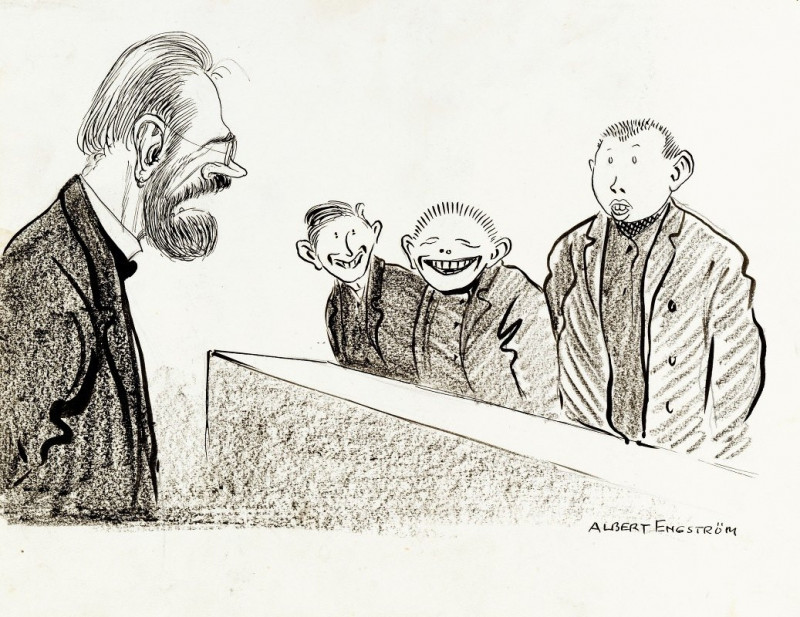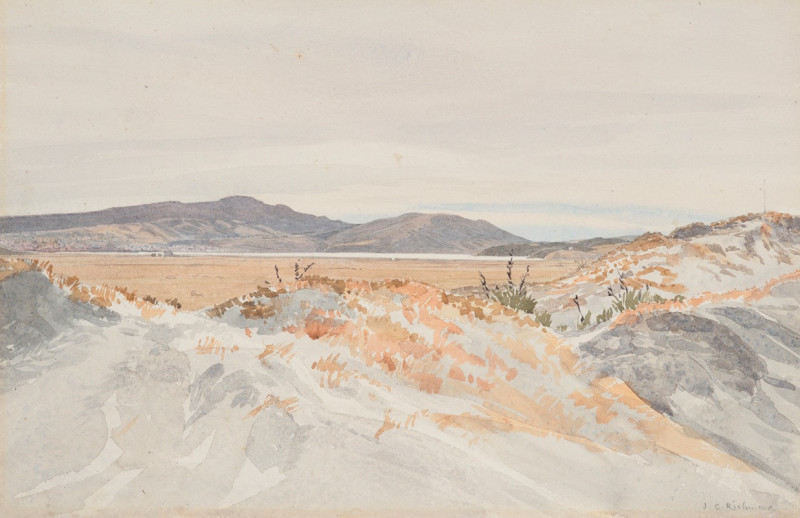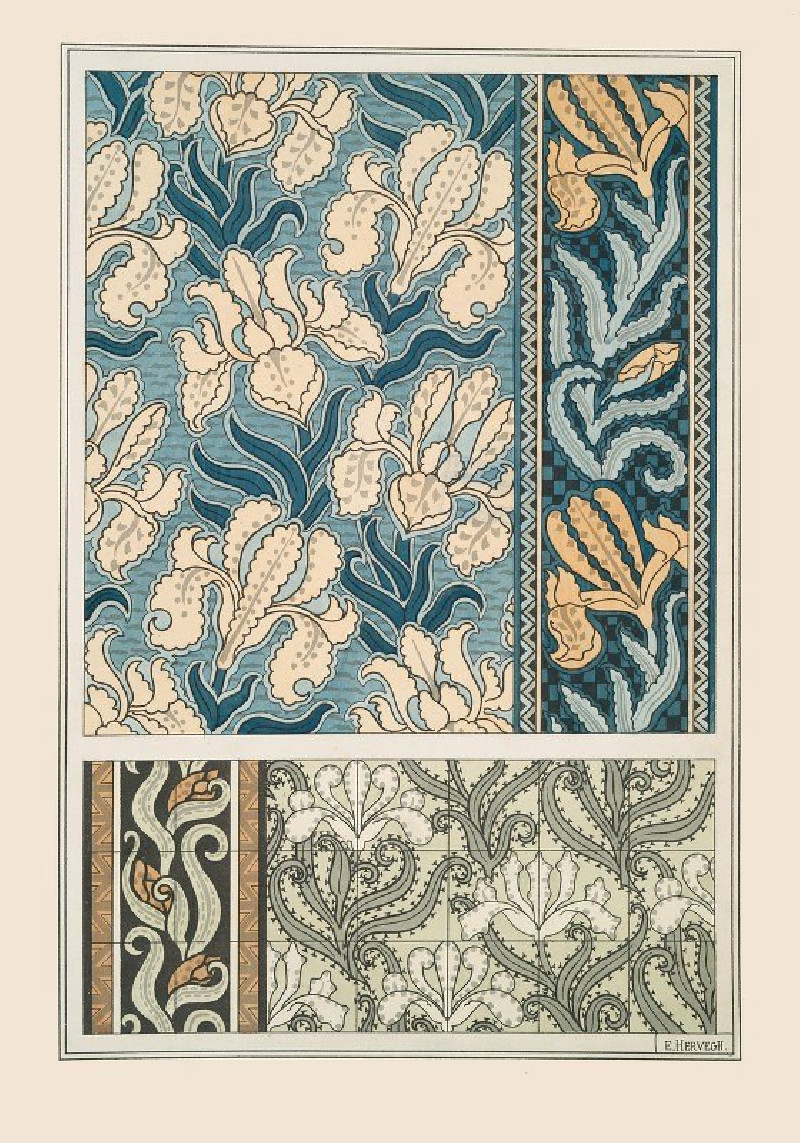Kneeling Female Figure (1927–29)
Technique: Giclée quality print
Recommended by our customers
More about this artwork
In this expressive artwork by Edvard Munch, a female figure is captured in a kneeling pose, centrally positioned and slightly leaning to one side. Her nudity is portrayed gracefully with flowing brushstrokes of blue, pink, and white, emphasizing the soft curves and forms of her body. Her skin seems to shimmer with light, possibly reflecting emotional or spiritual transparency. She gazes upward with a contemplative or possibly anguished expression, enhancing the emotive impact of the piece.Behind her, ethereal shapes and figures in muted blues and greens add a dreamlike quality to the scene. One figure to the left, rendered in blue, stands in a slight bend, echoing her form but in a more subdued manner. The ambiguous forms contribute to an otherworldly atmosphere, suggesting a depth of narrative beyond the immediate foreground.
Delivery
Returns
Edvard Munch (12 December 1863 – 23 January 1944) was a Norwegian painter. His best known work, The Scream (1893), has become one of Western art's most iconic images.
His childhood was overshadowed by illness, bereavement and the dread of inheriting a mental condition that ran in the family. Studying at the Royal School of Art and Design in Kristiania (today's Oslo), Munch began to live a bohemian life under the influence of the nihilist Hans Jæger, who urged him to paint his own emotional and psychological state ('soul painting'); from this emerged his distinctive style.



